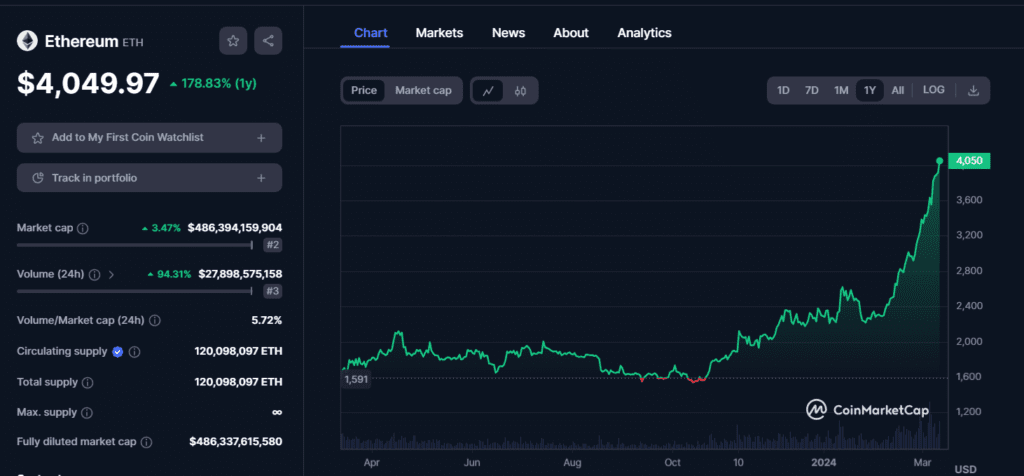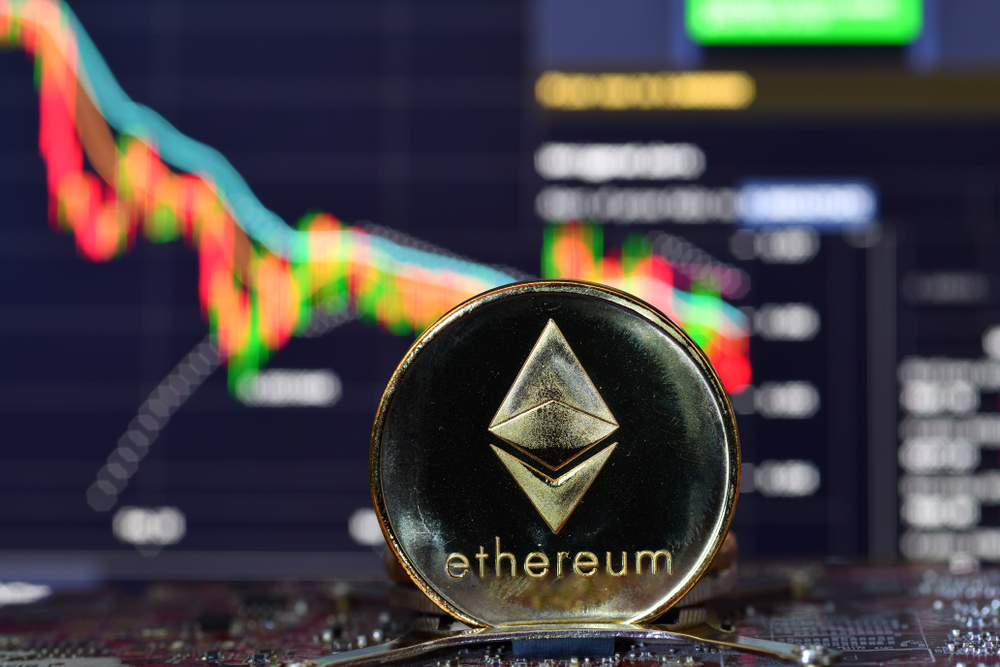|
Getting your Trinity Audio player ready...
|
The Ethereum blockchain is on the cusp of a significant upgrade – Dencun – set to arrive in just two days. This highly anticipated hard fork, dubbed the most important since the Merge, promises to revolutionize layer-2 scaling solutions by significantly reducing transaction costs.
The Dencun upgrade is an amalgamation of nine different Ethereum Improvement Proposals (EIPs), combining the Cancun upgrade (execution layer) and the Deneb upgrade (consensus layer). While Cancun focuses on streamlining transaction management and processing, Deneb tackles network participant agreement on the blockchain state.
Lower Layer-2 Fees, A Game Changer?
One of Dencun’s most anticipated features is the introduction of “ephemeral data blobs” through EIP-4844, also known as proto-danksharding. This innovative approach aims to dramatically reduce layer-2 transaction fees by improving data availability. This could be a game-changer for scaling Ethereum and establishing it as a viable settlement layer.
While the upgrade promises significant benefits for layer-2 users, a recent report by Fidelity Investments analyst Max Wadington cautions that users on the Ethereum mainnet won’t see immediate fee reductions. In the short term, users seeking lower fees may need to migrate to layer-2 solutions, potentially sacrificing some decentralization and security. However, Wadington remains optimistic, believing that Ethereum will still be the preferred choice for specific applications, particularly high-value transactions, as layer-2 solutions mature.
Also Read: Will ETH Hit $5,000? ETF Approval Looming, and Dencun Upgrade on the Horizon
Ethereum and Bitcoin on a Tear
The anticipation surrounding Dencun has undoubtedly fueled a recent surge in cryptocurrency prices. Ethereum surpassed the $4,000 mark for the first time since December 2021, while Bitcoin reached a new all-time high of $71,415, just 36 days before the highly anticipated Bitcoin halving event.

With Dencun on the horizon, the future of Ethereum and the broader crypto landscape appears bright. While some short-term trade-offs may exist, the potential for significantly lower layer-2 fees could pave the way for wider adoption and further innovation within the Ethereum ecosystem.
I’m your translator between the financial Old World and the new frontier of crypto. After a career demystifying economics and markets, I enjoy elucidating crypto – from investment risks to earth-shaking potential. Let’s explore!



